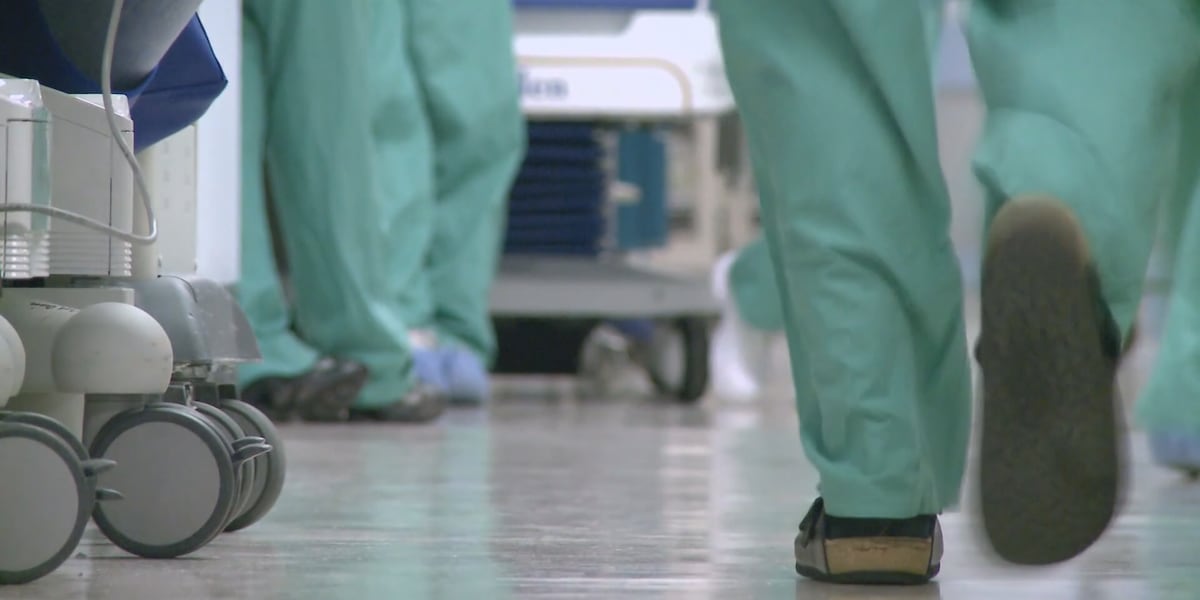Texas Health Departments Face Crippling $119 Million Federal Funding Cut – What Does This Mean for You?

Texas public health departments are facing a significant blow as state officials have announced an impending $119 million reduction in federal funding. This cut, set to take effect at the end of the month, is already sending shockwaves through local health agencies and raising serious concerns about the state's ability to effectively detect and prevent diseases. The news comes at a time when public health resources are already stretched thin, and the potential consequences could be far-reaching for Texans of all ages and backgrounds.
Why is this happening? According to state officials, the cuts stem from a combination of factors, including shifts in federal funding priorities and a decline in COVID-19 related emergency funding. While the exact details are still being worked out, the impact on local health departments is undeniable. These departments rely heavily on federal funds to support a wide range of essential services, from disease surveillance and outbreak response to immunisation programs and health education initiatives.
What services are at risk? The $119 million cut will likely force local health departments to make difficult choices about which programs to scale back or eliminate entirely. Potential impacts include:
- Reduced Disease Surveillance: Less funding could mean fewer resources dedicated to monitoring and tracking infectious diseases, making it harder to detect and respond to outbreaks quickly.
- Limited Immunisation Efforts: Cuts could impact the ability to provide vaccinations, particularly to vulnerable populations, potentially leading to a resurgence of preventable diseases.
- Decreased Health Education & Outreach: Programs aimed at promoting healthy lifestyles and preventing chronic diseases may be reduced, impacting public awareness and preventative care.
- Staffing Shortages: Local health departments may be forced to lay off staff, further straining their ability to deliver essential services.
The Impact on Communities: This isn't just about numbers on a spreadsheet; it's about real people and communities. Rural areas and underserved populations, who already face barriers to accessing healthcare, are likely to be disproportionately affected. A weakened public health system can lead to increased rates of illness, poorer health outcomes, and higher healthcare costs in the long run.
What's being done? Texas health officials are exploring various options to mitigate the impact of the cuts, including seeking additional state funding and streamlining operations. However, the scale of the reduction is significant, and it remains to be seen whether these efforts will be enough to fully offset the losses. Local health departments are also urging state lawmakers to prioritise public health funding in the upcoming legislative session.
Looking Ahead: The situation highlights the ongoing challenges facing public health systems across the country. As we move beyond the acute phase of the COVID-19 pandemic, it's crucial to invest in robust and resilient public health infrastructure to protect the health and well-being of all Texans. This funding cut serves as a stark reminder of the importance of advocating for strong public health policies and ensuring that our communities have the resources they need to thrive.






